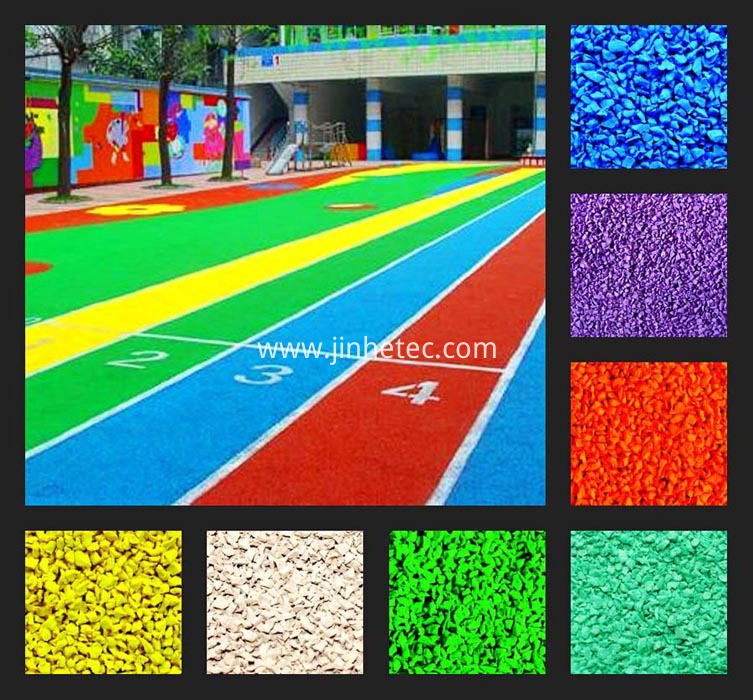
Privacy statement: Your privacy is very important to Us. Our company promises not to disclose your personal information to any external company with out your explicit permission.
![]() November 16, 2022
November 16, 2022

Among the colorful plastics and plastic products seen in the market, red plastic products are particularly eye-catching, and red is also a particularly festive color that everyone likes to see and hear. In plastics and plastic products, the colorant commonly used is ferric oxide red.
As we all know, plastics are composed of synthetic Resin and fillers, plasticizers, stabilizers, lubricants, pigments, fillers and other additives. Plastic products are the general name of living, industrial and other products processed with plastic as the main raw material.
Plastics can be used as structural materials, insulating materials and corrosion resistant materials. They are not only common daily necessities, but also widely used in military industry and cutting-edge science and technology.
Coloring Effect of Iron Oxide Red in Plastics and Plastic Products
Iron oxide red makes plastics and plastic products not only have beautiful colors but also easy to identify. Plastics and plastic products have also become one of the six major applications of iron oxide pigments in the downstream application fields.
Iron oxide red is widely used in plastics due to its strong covering power, wide color spectrum, good dispersibility, excellent chemical stability and physical fastness, especially its migration resistance, weather resistance, chemical corrosion resistance, water resistance, oil resistance, solvent resistance, and dirty air resistance.
Because iron oxide red is non-toxic and harmless, high-purity iron oxide red produced from pure raw materials can be used for coloring food and medical products.
In general, the ferric oxide red pigment added to the plastic is not only helpful for color identification, but also conducive to the light stability of plastic products. Because ferric oxide red has a shielding effect on light, it is one of the highest performance price ratios among plastic color colorants.
The commonly used iron oxide red in plastics and plastic products is 110, 120, 130 and 190.
Precautions for iron oxide red used in plastics and plastic products
1 Iron oxide red can react with hydrogen chloride in polyvinyl chloride (PVC), and the resulting compound is a catalyst for degradation of polyvinyl chloride, which can promote the ultraviolet light aging of polyethylene (PE)
2 Although ferric oxide red in PP can inhibit light aging, it may reduce the efficiency of benzotriazole, benzophenone and organic nickel salt light stabilizer in PP by more than 20%.
3 Despite the advantages of iron oxide red, such as weather resistance, aging resistance and good stability, the use of iron oxide red in plastics can sometimes not achieve the effect of increasing strength, and even when iron oxide red is added to a certain amount, it will reduce the strength of plastics. The above problems restrict the application of iron oxide red in plastics. Therefore, in the practical application of iron oxide red, special attention should be paid to the proportion of the amount.
The above is the Matters needing attention when iron oxide red is used for coloring in plastic products we have listed for you. You can submit the following form to obtain more industry information we provide for you.
You can visit our website or contact us, and we will provide the latest consultation and solutions
Send Inquiry
Most Popular
lastest New
Send Inquiry

Privacy statement: Your privacy is very important to Us. Our company promises not to disclose your personal information to any external company with out your explicit permission.

Fill in more information so that we can get in touch with you faster
Privacy statement: Your privacy is very important to Us. Our company promises not to disclose your personal information to any external company with out your explicit permission.